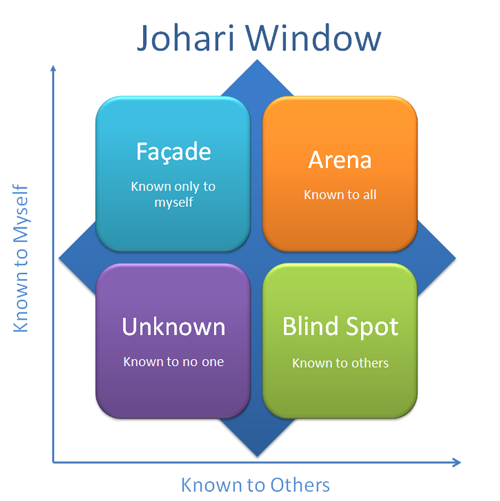A Small Group is a group of 5-8 peers who meet on a regular basis in an atmosphere of confidentiality, trust and openness to share in each other’s business, family and personal experiences. Small Group provides an ongoing opportunity to share and discuss professional and personal issues within a safe haven of trusted peers.
Unlike business-oriented personal advisory groups whose meetings are run by paid professionals as a business, Small Groups are peer-moderated. The moderator, selected by the members, serves for 12 to 24 months. The moderator is important, but cannot do it alone. All members share responsibility for effective meetings and the Small Group’s continuing health.
Small Group participants grow as individuals when they understand the impact they have on others. As with any activity, the more one puts into the Small Group, the greater the benefit. Through listening to the life issues of other members and supporting them in the resolution of their problems, members have an opportunity to truly make a difference.

An effective tool, The Johari Window is a model that illustrates how we gain awareness and when a forum member is in need of guidance, he or she can benefit from other’s feedback. The word “Johari” was created by combining the first names of the model’s inventors, Joseph Luft and Harry Ingham.
The Johari Window illustrates how people gain awareness and insight by opening themselves up to others and receiving others’ feedback. The word “Johari” was created by combining the first names of the model’s inventors, Joseph Luft and Harry Ingham. The model describes how the self-disclosure of the forum process enables members to expand their worldview and have “aha,” insightful and even breakthrough experiences.
Johari Window four regions or quadrants
- Is part of ourselves that we see and others see – open area, open self, free area, free self, or ‘the arena’
- Is the aspect that others see but we are not aware of – blind area, blind self, or ‘blindspot’
- Is the most mysterious part in that the unconscious or subconscious bit of us is seen by neither ourselves nor others – hidden area, hidden self, avoided area, avoided self or ‘facade’
- Is our private space, which we keep from others – unknown area or unknown self
Adjectives that are selected by both the participant and his or her peers are placed into the Arena quadrant. This quadrant represents traits of the participant of which both they and their peers are aware.
Adjectives selected only by the participant, but not by any of their peers, are placed into the Façade quadrant, representing information about the participant of which their peers are unaware. It is then up to the participant whether or not to disclose this information.
Adjectives that are not selected by the participant but only by their peers are placed into the Blind Spot quadrant. These represent information of which the participant is not aware, but others are, and they can decide whether and how to inform the individual about these “blind spots”.
Adjectives which were not selected by either the participant or their peers remain in the Unknown quadrant, representing the participant’s behaviors or motives which were not recognized by anyone participating. This may be because they do not apply, or because there is collective ignorance of the existence of said trait.
Johari adjectives: A Johari Window consists of the following 55 adjectives used as possible descriptions of the participant. In alphabetical order they are:
able
dependable
intelligent
patient
sensible
accepting
dignified
introverted
powerful
sentimental
adaptable
energetic
kind
proud
shy
bold
extroverted
knowledgeable
quiet
silly
brave
friendly
logical
reflective
spontaneous
calm
giving
loving
relaxed
sympathetic
caring
happy
mature
religious
tense
cheerful
helpful
modest
responsive
trustworthy
clever
idealistic
nervous
searching
warm
complex
independent
observant
self-assertive
wise
confident
ingenious
organized
self-conscious
witty

